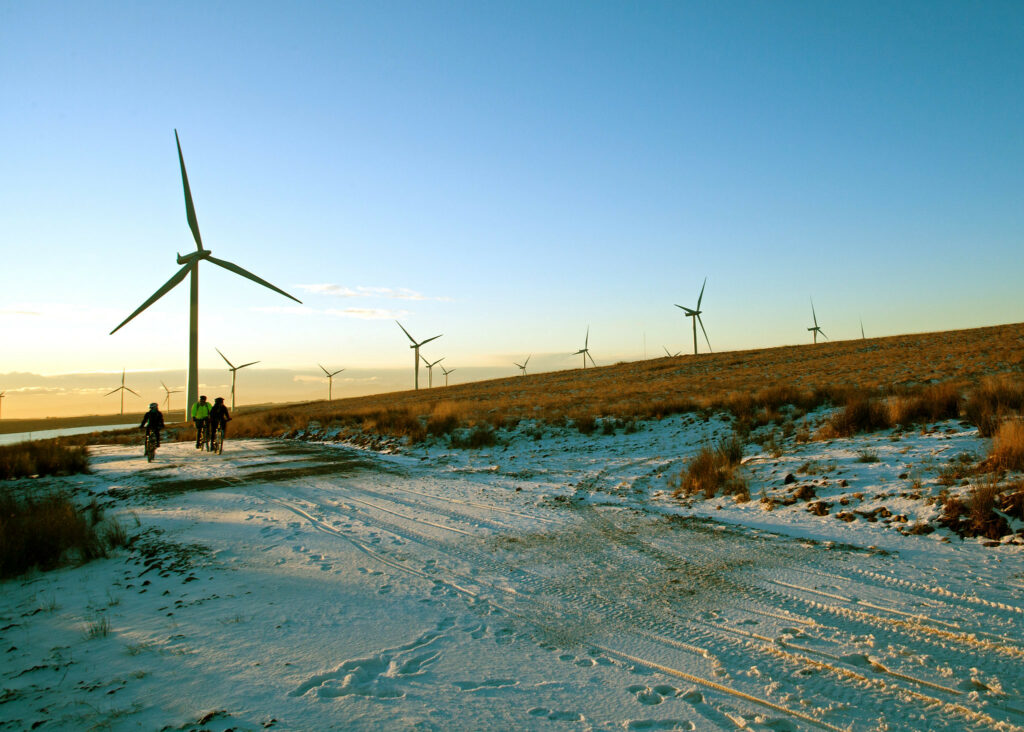Consumers based in Northern Ireland were able to avoid paying a collective total of £500 million thanks to wind farms having provided 42% of the nation’s electricity for the year.
These figures have been released in a report compiled by energy specialists Baringa titled Cutting Gas, Cutting Bills: Analysis of savings in gas imports delivered by wind farms in 2022. The results showcase the acceleration of Northern Ireland’s wind generation sector.
One of the primary reasons for the avoidance of paying extra on energy bills is the fact that the wind energy generation actually prevented large imports of gas. This could have been costly given the volatility witnessed within the wholesale market since late 2021.
Over the course of Tuesday 8 March 2022, the combination of island wide high winds and soaring gas prices delivered a total avoided cost of £38 million (€43 million) in just 24 hours, Baringa said.
“During the current cost-of-living crisis this report shows how vital investment in renewable electricity projects is to the consumer as well as the environment. We are meeting the government’s key targets of climate change and energy security while also providing a solution to the cost-of-living crisis,” said Steven Agnew, director of RenewableNI.
“The gas industry itself has said they do not anticipate their prices coming down to pre-Covid levels, so we need to get off our reliance on fossil fuels and make the switch to renewables as swiftly as possible. Only then will we see reductions to electricity bills. This will also have a knock-on benefit to heat and transport costs as we electrify those industries.”
The UK wind sector has been soaring in recent months with several wind generation records broken consecutively. On 10 January the wind generation record was smashed with the technology generating over 21.62GW.
This broke the previous record, set less than two weeks before on 30 December 2022 when wind generated 20.918GW. This in turn overtook the two preceding records of 19.936GW on 26 October and 20.896GW on 2 November.
“We can’t overstate the importance of the onshore wind – we need to double the number of developments by 2030 to meet the Climate Bill target of 80% renewable electricity,” said Agnew.
“We need to incentive investment in Northern Ireland to ensure we don’t fall behind the rest of Ireland and Great Britain. We have some of the best wind in the world, both on and offshore, which our members tell us is the only reason to continue to develop here. But combined with a planning system that isn’t fit for propose, creating extensive timelines for developers, it really looks as if the government is penalising their best choice for a cleaner future.”
In the coming years, Northern Ireland’s wind generation sector could well be boosted by the lifting of the de facto ban on onshore wind by the government. This could help unlock private investment within the region and secure the technology a prominent role in the UK’s net zero journey.
Cornwall Insight Ireland released its fourth quarterly All-Island Power market Outlook to 2030 last week revealing that delays to onshore wind investment decisions have “dashed the hopes of prices dipping below historic levels” in Ireland as predicted in its previous report.





